In Darjeeling, on an overcast, rainy evening, while sipping a cup of the hill station's famous tea and munching on hot, freshly baked samosa—even 30 years ago—one could hear a steady "tik-tik" noise from a nearby thicket or patch of grass. A soundtrack that was familiar to most but known to only a few.
Alas, today, one cannot hear it anymore—rapid urbanisation has banished it from city limits. Vishal Pema, a senior citizen who could always pick out the source of the looped “tik-tik” with ease, can now only hear it in his dreams. The picture is not so grim in the outskirts of the city. Every evening, during the monsoon, these places are still rendered vociferous by the ever-familiar "tik-tik”. Though it resembles the call of a bush cricket, a keen ear can always tell the difference. The encore belongs to an arboreal frog species known as the Annandale's Bush Frog (Raochestes annandalii), once widely distributed, now confined to distant, tiny patches of green.
Also known as the Himalayan Foam Nesting Frog or Darjeeling Bush Frog or Coppersmith Frog, the species is found throughout the eastern Himalayas in India (Meghalaya, Assam, Arunachal Pradesh, West Bengal, Nagaland and Sikkim), Bhutan and Eastern Nepal. Though tagged as 'Least Concern' by IUCN, the habitats of this frog species have shrunk significantly over the last decade.
I encountered the Annandale's Bush Frog for the first time in the remote village of Sherpagaon in Darjeeling district. Local school teacher Nima Bhutia told me how the frog plays a significant role in their traditions and folklore. They are known as tik-tik paa (tik-tik frog) in the local language, named after their mating call. Since they can be heard from the start of monsoon to when the rains end, they are revered as 'rain bearers' in the local culture.
Though widely distributed, very few people have seen this frog because of their insignificant size and their secret lifestyle. They can be heard or seen only during the monsoon season. For the rest of the year, they hibernate under rocks or mossy foliage. The Annandale's Bush Frog is very small, measuring around 17-19mm in length. The colour of this frog varies from dark brown to light golden brown. Their skin is granular and warty; males are generally darker and more granular. The belly of this frog is semi-transparent—often the eggs are visible from the outside.
The frog is found at altitudes of 900–3000m in India, and 1000–1800m in Nepal. They live in tropical moist montane forests and tropical high-altitude forests. They are commonly found in gardens or vegetated urban areas.
The elusive frog is nocturnal in nature but can often be heard through gloomy afternoons. During the mating season, they inhale air to inflate their vocal sac and produce the distinct "tik-tik" mating call. The calls start in the afternoon and reach a crescendo around 8–9pm. One can hardly hear any calls after midnight.
Males generally come out in the open, find a spot and start calling after the sun sets. But when two males are in the vicinity, they try to overpower one another. First, they compete with their calling, trying to make louder croaks than their competitor. Once this fails, the rivalry ends up in a brawl, with the two males stuck in an embrace and trying to inflate their vocal sacs against one another. They hold each other face-to-face and try to dethrone each other.
You may also like to read
A fight can last from a few minutes to half an hour. The defeated male gives up his spot and the opportunity to find a mate, for the night. Annandale's Bush Frog amplexus generally lasts for an hour, and the female lays a cluster of eggs on the underside of a grass blade or a leaf. Their eggs do not need water to fertilise.
The Annandale's Bush Frog is an efficient pest controller and is known to feed on mosquitoes and other small insects. Sadly, habitat destruction and the use of chemical pesticides and herbicides are major threats to the species. People often clean their lawns and gardens with herbicides, unknowingly, killing all the frogs hiding in the grass. Chemical pesticides that are used in tea plantations also prove deadly for this frog. Intensive tea cultivation also destroys their habitats.
Though they are small, they are not insignificant. The Annandale's Bush Frog has a vital role to play within the ecosystem and is in fact helpful to humans as a pest inhibitor. Protecting their habitat and shifting to more traditional organic ways of farming can potentially save this species from extinction.

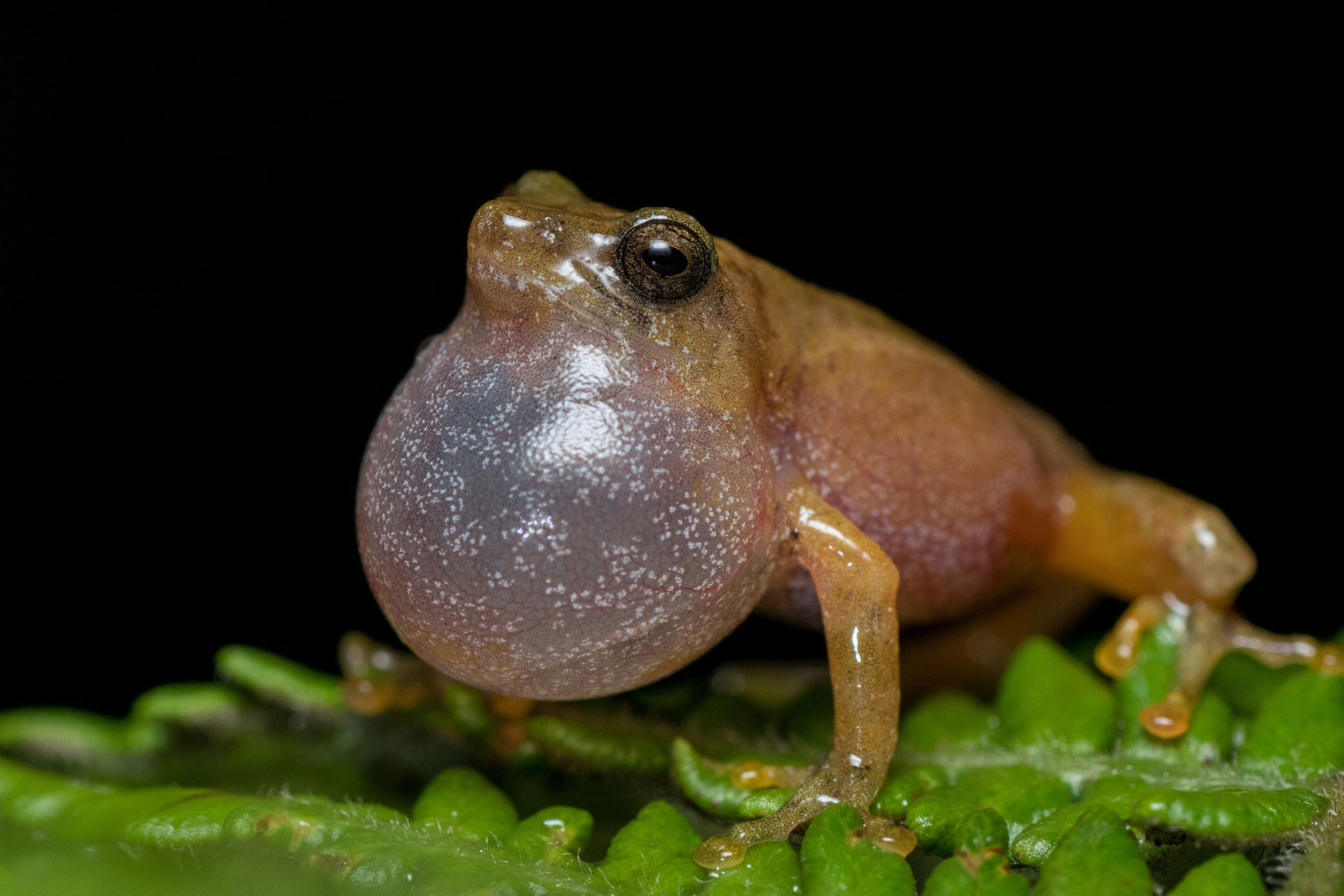
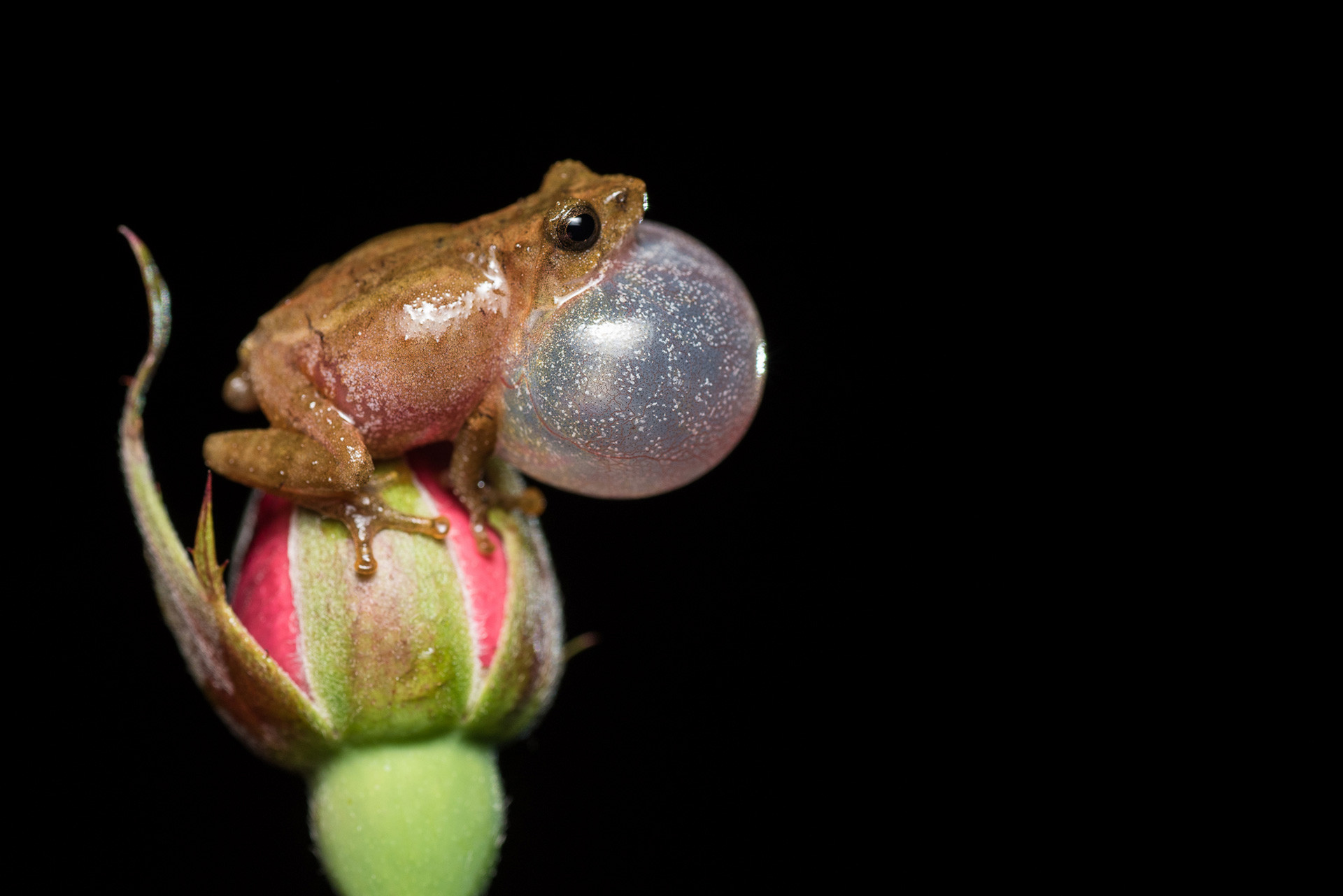

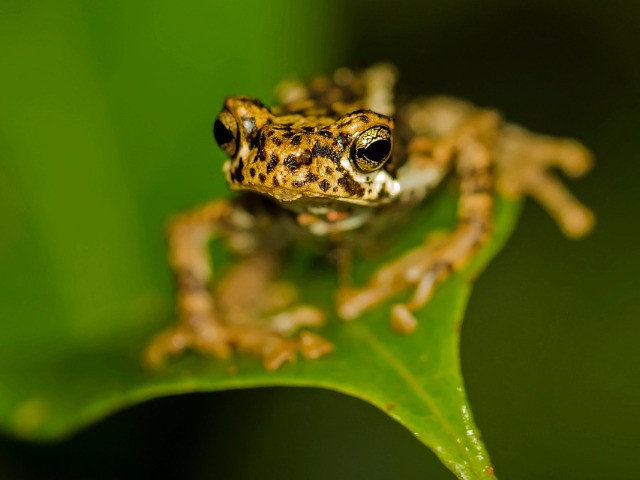


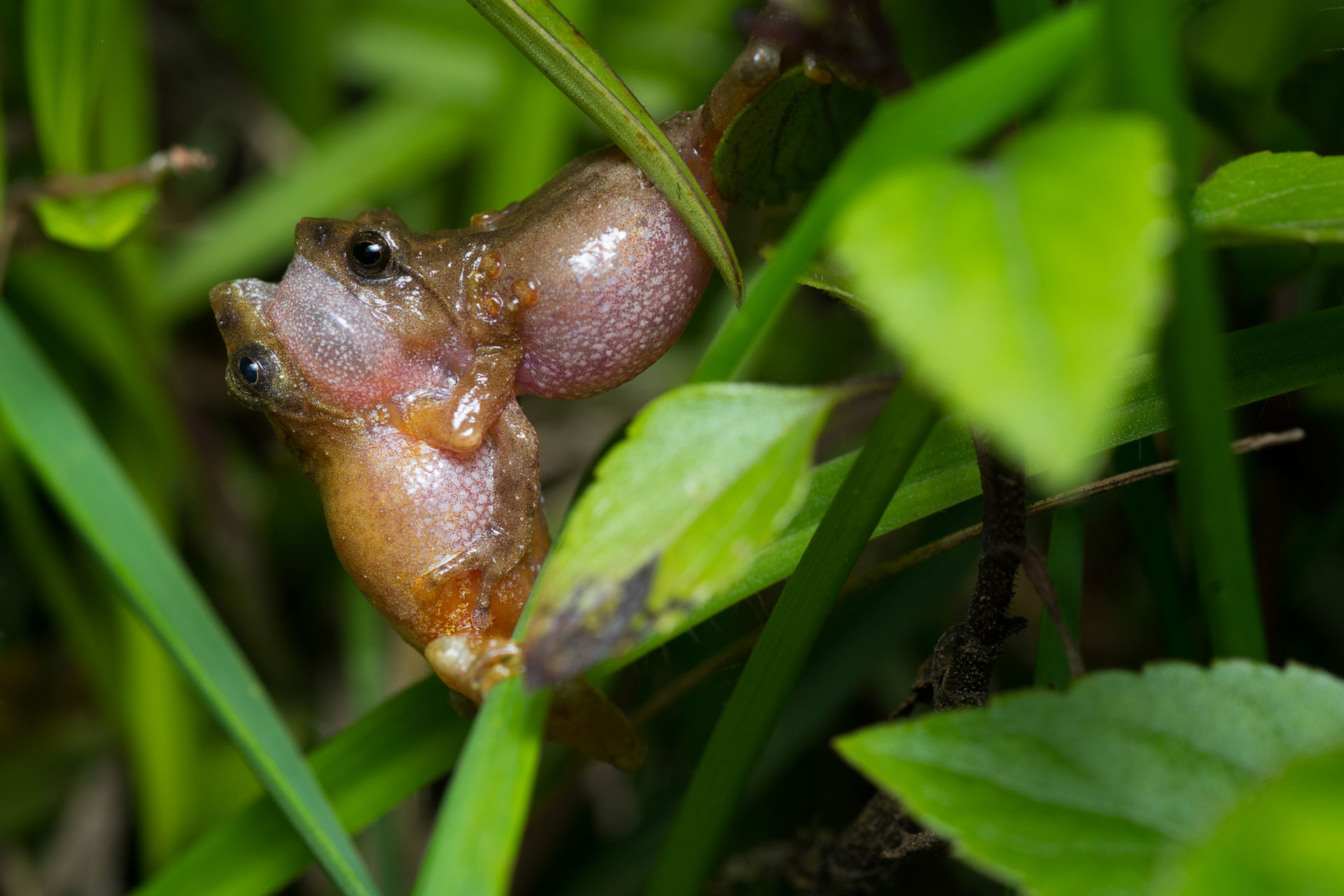
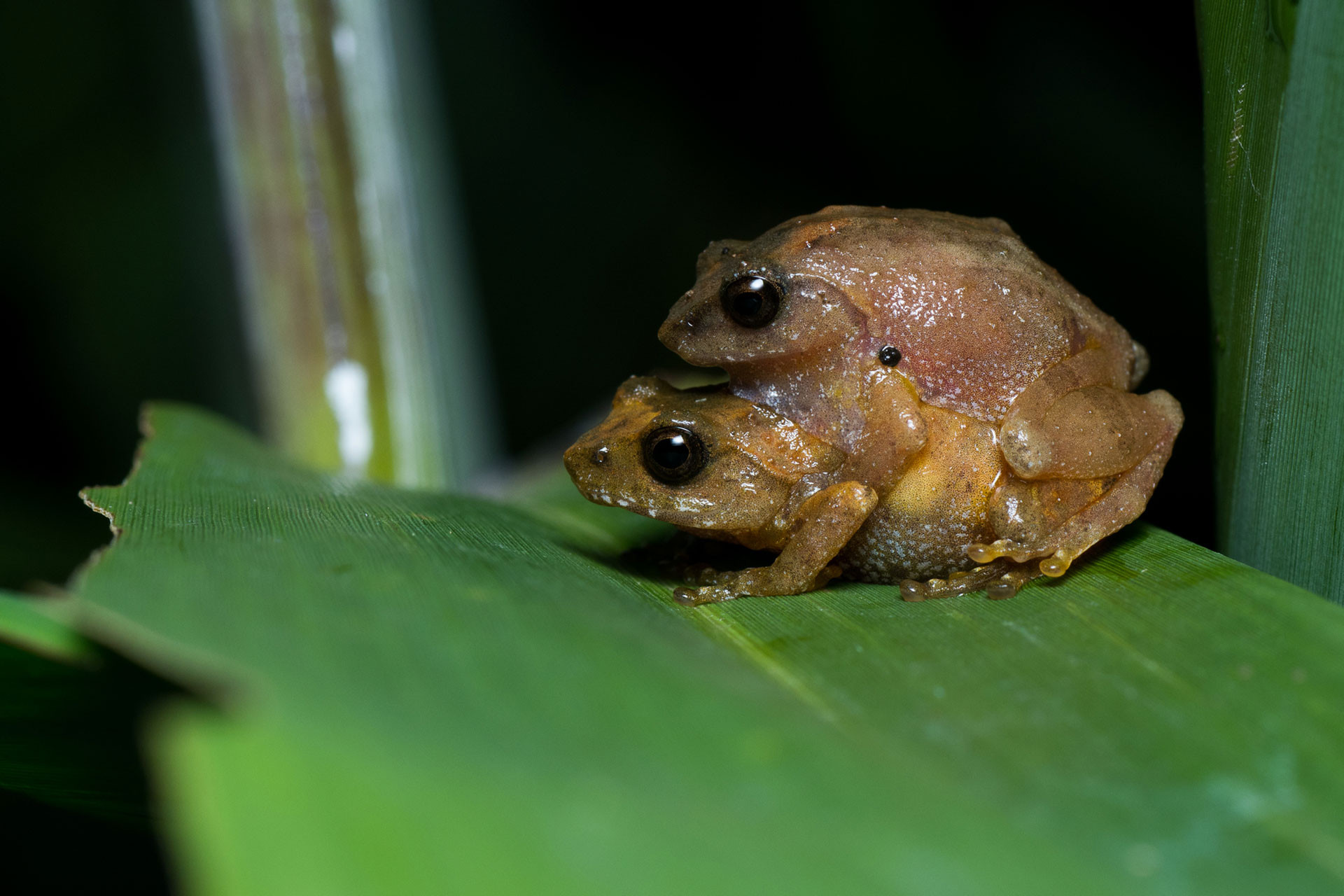
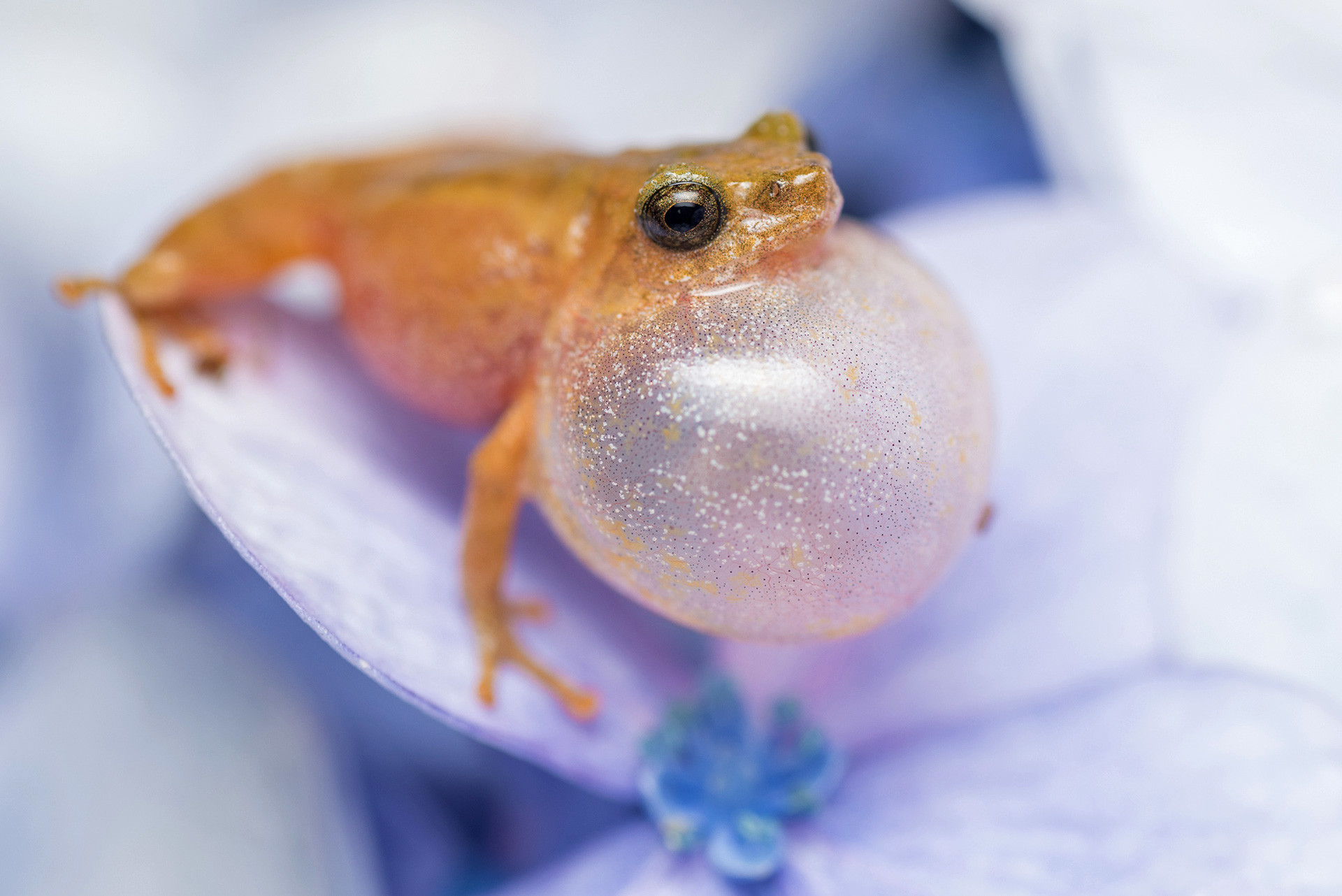
.jpg)
